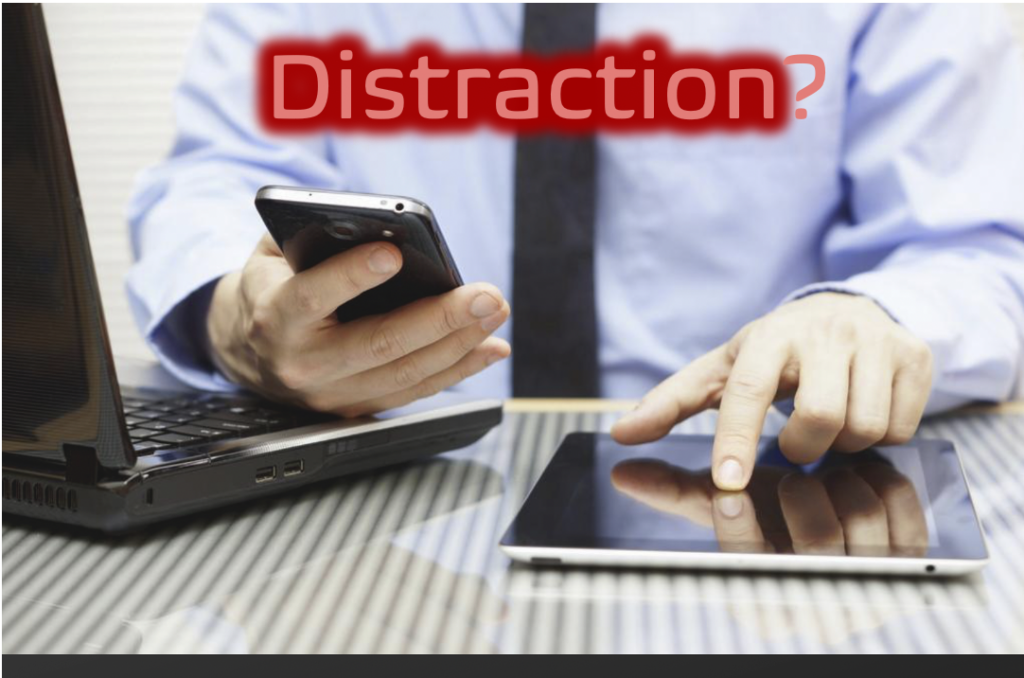Focus, Flow State and Distraction (Monkey Mind)
Focus, Flow State and Distraction (Monkey Mind)
Leadership/ Management Series
Date: February 06, 2021
Author: Jared Warrick
LinkedIn: https://www.linkedin.com/in/jared-warrick-entrepreneur/
Tags: Focus, Flow State, Distraction, Disruption, Rian Doris, Flow Research Collective, Batch, Tech, Monkey Mind, Bineural Beats, Horo Timer
We all want to be more productive, yet it seems that there are more and more distractions being thrown at us every day – family, business, technology – tech is actually designed to capture and hold our attention for the maximum amount of time to benefit 3rd parties (advertisers, social media outlets, news outlets, influencers, etc.). In today’s world of ubiquitous wifi, cybercafes, and remote work due to COVID, this is “the water we swim in”1. We are in a constant distraction mode aka Monkey Mind. As a competitive person this frustrates me personally as I need the tangible result, the completion of things to check it off the list. Not doing so leaves me feeling anxious and soon the action item list grows longer and longer, and prioritizing becomes more complex. There are tools to deal with this – like Meditation and Breathwork, but I want to share something more direct and to the point.
When the opportunity to sign up for The Flow Research Collectives (FRC) Distraction Disruptor2 came through, I jumped on it and signed up. Dorian Rias (cofounder of FRC) walks us through (7) 30-minute discussions about distraction, and how it impacts performance AND coaches a cohort through using tools to regain focus and eliminate distraction. Now, Dorian’s methods are pretty “Scorched Earth” many would say, but customizing even a few of these brings hours and hours of productivity back over the course of the week. Trying this for 1 week has noticeably increased my output and quality of output.
Some reasons to look into methods like those at the FRC are:
- The average productive time in today’s world of employees is a dismal 11 minutes daily.2
- Anxiety and depression are on the rise in teens, linked directly to tech – this has been known as far back as 2012.3 The adults in today’s workforce have experienced tech interruption their whole lives.
- It takes 23 min 15 sec to return to original task after an interruption.4 So, check [insert favorite social media platform here] for 30 seconds and you are then killing productivity for that time plus 24 minutes.
- People have so little focus, they switch tasks/ activities in mere minutes.2,4
- People check their email daily an average of 74 times in an 8 hr period.3
So, doing the math, this doesn’t work out if you want to get anything done. That said, Dorian at FRC has a very extreme set of tools to disconnect from the distractions – just get rid of them! Things like, turn off your phone until you are ready to use it purposefully, or check email 2 or 3X per week, etc. I understand where they come from, if you’re on one end of the spectrum, going to the other side helps you find the balance in the middle. This is something I learned while attempting higher level skills in gymnastics. But I wanted to share here 10 things I think are more practical for the small business owner, their teams and entrepreneurs who still need to be accessible to a certain level.
Actions:
- Take 5 deep breaths before starting a task to reset your focus. Have a glass of water, coffee or tea by your desk.
- Shut all windows on your computer down EXCEPT for the one you’re working on.
- Check email only 2-3X per day based on what works for YOUR schedule. You can add a line in the signature part of the email telling everyone how often you will check it and what to do if it’s an emergency.
- Shutoff un-necessary notifications on your cell phone. I was surprised – I had 68 apps on my phone and I only really cared about the phone calls and texts, so I SHUTOFF 66 app notifications that constantly divert attention! Awesome!
- Log out of all social media after use. This creates a temporary delay that if you do go on it, it should be purposeful, short and then log out.
- Phone – set unique ringtones for important contacts that you must answer. Ignore all others on standard ring tone and turn the ringtone down.
- Use noise cancelling headphones to eliminate distraction. I also use Bi-Neural Beats5 (free app) for a white noise background to increase focus (btw – my wife thinks I am psycho for this).
- Download a timer app like Horo for Mac (free).6 Set the timer for the amount of time to focus – make it a large stretch – say 1 – 2 hours. The timer will alarm when you’re done. If you finish a task early, move on down your to do list. There are similar apps for Windows/PCs.
- Have a nature scene for your background that calms you. Keep the desktop clean and clutter free so the picture is what you see when you log on, close or open an app. A cluttered desktop is majorly distracting.
- Have a policy in meetings all phones off OR give all your phones to a person not in the meeting and have them filter critically important calls only. A majority – almost 100% will not be and can wait until the meeting is over.
These may seem like a lot, but trust me, these are very effective and help improve you and your team’s productivity and quality output. Getting rid of distraction is great for mental health as well by reducing anxiety and depression.
This is not a substitute for going through the FRC module, but a few starters to prime you. If you want to learn more techniques and boost your productivity more by eliminating or reducing distraction, I highly advise taking the course and sitting through the modules. It is a worthy investment of anyone’s time who is experiencing digital overload and lack of quality output. If you want to discuss this topic more and have us help you apply what we learned to your organization, please do not hesitate to reach out at info@opsqc.com.
References:
- “Distracted: The Erosion of Attention and the Coming Dark Age”, By Maggie Jackson
- https://theflowresearchcollective.mn.co/
- https://www.npr.org/2017/12/17/571443683/the-call-in-teens-and-depression
- Multiple Studies: Gloria Mark, University of California Irvine.
- Bi-Neural Beats – https://www.muo.com/tag/5-android-apps-tune-brain-binaural-beats/
- Horo Timer – https://apps.apple.com/us/app/horo-timer-for-menu-bar/id1437226581?mt=12



